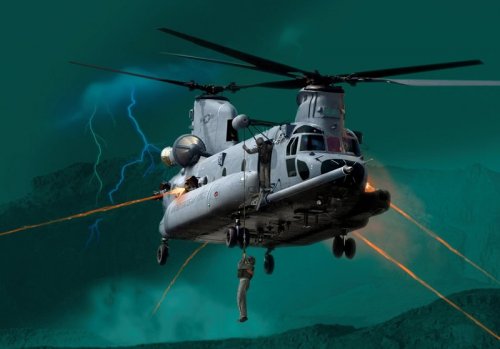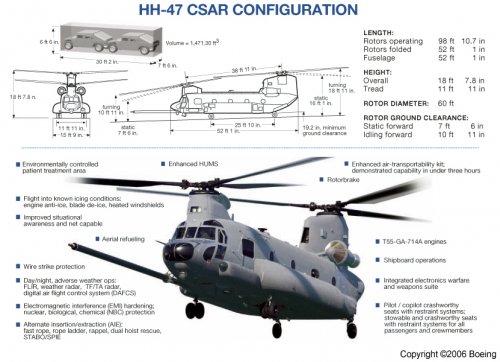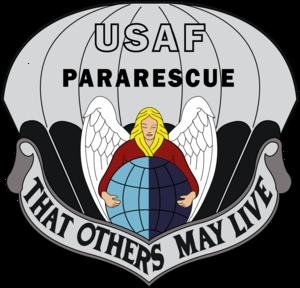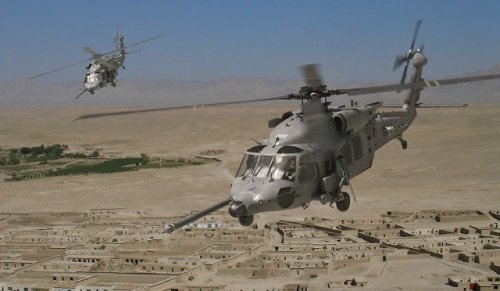RFP Kicks Off USAF Combat Rescue Helo
Posted by Graham Warwick 7:22 AM on Oct 23, 2012
Source:
http://www.aviationweek.com/Blogs.aspx?plckBlogId=Blog:27ec4a53-dcc8-42d0-bd3a-01329aef79a7&plckPostId=Blog%3a27ec4a53-dcc8-42d0-bd3a-01329aef79a7Post%3a02eaab0a-317e-4b98-8774-bc1faedaf2ea
No Sikorsky X2?
Posted by Graham Warwick 7:22 AM on Oct 23, 2012
CSAR-X is dead, long live CSAR-X – only please call it Combat Rescue Helicopter, or CRH. In the latest attempt to replace its aging Sikorsky HH-60G Pave Hawk combat search-and-rescue helicopters, the U.S. Air Force has released the request for proposals for CRH, providing insight into the changes made in a bid to make the program affordable and avoid a repeat of the CSAR-X debacle.
The CRH requirement is for 112 aircraft, with a not-to-exceed price for the program of $6.848 billion. Contract award is planned for the fourth quarter of fiscal 2013 and will cover 14 years of development, production and initial sustainment. The CSAR-X program, cancelled in 2009, was valued at up to $10 billion for 141 helicopters.
Likely contenders include the Boeing CH-47 (winner of the original CSAR-X contest in 2006), Bell Boeing V-22, Northrop Grumman/AgustaWestland AW101, and Sikorsky/Lockheed Martin UH-60M. EADS North America may also bid, possibly with the NH90 (built jointly with AgustaWestland), or potentially the Eurocopter EC725.
The drive for affordability is reflected in the planned contract structure. Engineering and manufacturing development (EMD) and low-rate initial production (LRIP) will be fixed-price incentive firm (FPIF). Full-rate production will be firm fixed price. Only “over and above” studies and analyses will be traditional cost plus fixed fee.
Under CRH, nine aircraft are to be acquired during EMD – four on FY16 for development testing and five in FY18 for operational testing. LRIP will cover two lots totaling 18 aircraft in FY19 and 20. The remaining 85 are to be acquired in firm fixed-price full-rate production from FY21-26 at around 14 aircraft a year.
According to the RFP, the contract will incentivize bidders “to reduce costs and share the savings through the FPIF contract during EMD and LRIP”. The FPIF contract provides an 11% profit margin at target cost, and mandatory 50:50 government/contractor cost sharing up to a ceiling price of 120% of the target cost. In addition, 1% of target cost has been set aside as an incentive for performing to schedule.
Bids will first have to pass through an affordability target gate before they are evaluated further. Only bids with an adjusted total evaluated price at or below $6.848 billion will get through this gate. The total evaluated price will be the bidder's total proposed price plus adjustments for fuel cost and use of government special tooling and test equipment and minus any credit evaluators give the bidder for exceeding the technical goals.
Up to 7% of total proposed price is available as a credit, and the technical goals give greatest weighting to hover performance. The hover requirement is a minimum of 4,000ft and a goal of 6,000ft pressure altitude on a 35°C day. Combat radius is a minimum of 195nm and goal of 225nm. Payload is a minimum of 500lb of recovery personnel and 500lb of equipment; the goal is 750lb and 750lb. Cabin space is required for a minimum of two litters, with a goal of four.
Technical compliance, technical risk and past performance will be go/no-go factors in the evaluation, and the winner will be the bid judged to have acceptable compliance, risk and past performance at the lowest total evaluated price. It's complex procedure, but reminiscent of the approach the Air Force adopted, successfully, for the restaged KC-X tanker competition.
Source:
http://www.aviationweek.com/Blogs.aspx?plckBlogId=Blog:27ec4a53-dcc8-42d0-bd3a-01329aef79a7&plckPostId=Blog%3a27ec4a53-dcc8-42d0-bd3a-01329aef79a7Post%3a02eaab0a-317e-4b98-8774-bc1faedaf2ea
No Sikorsky X2?




